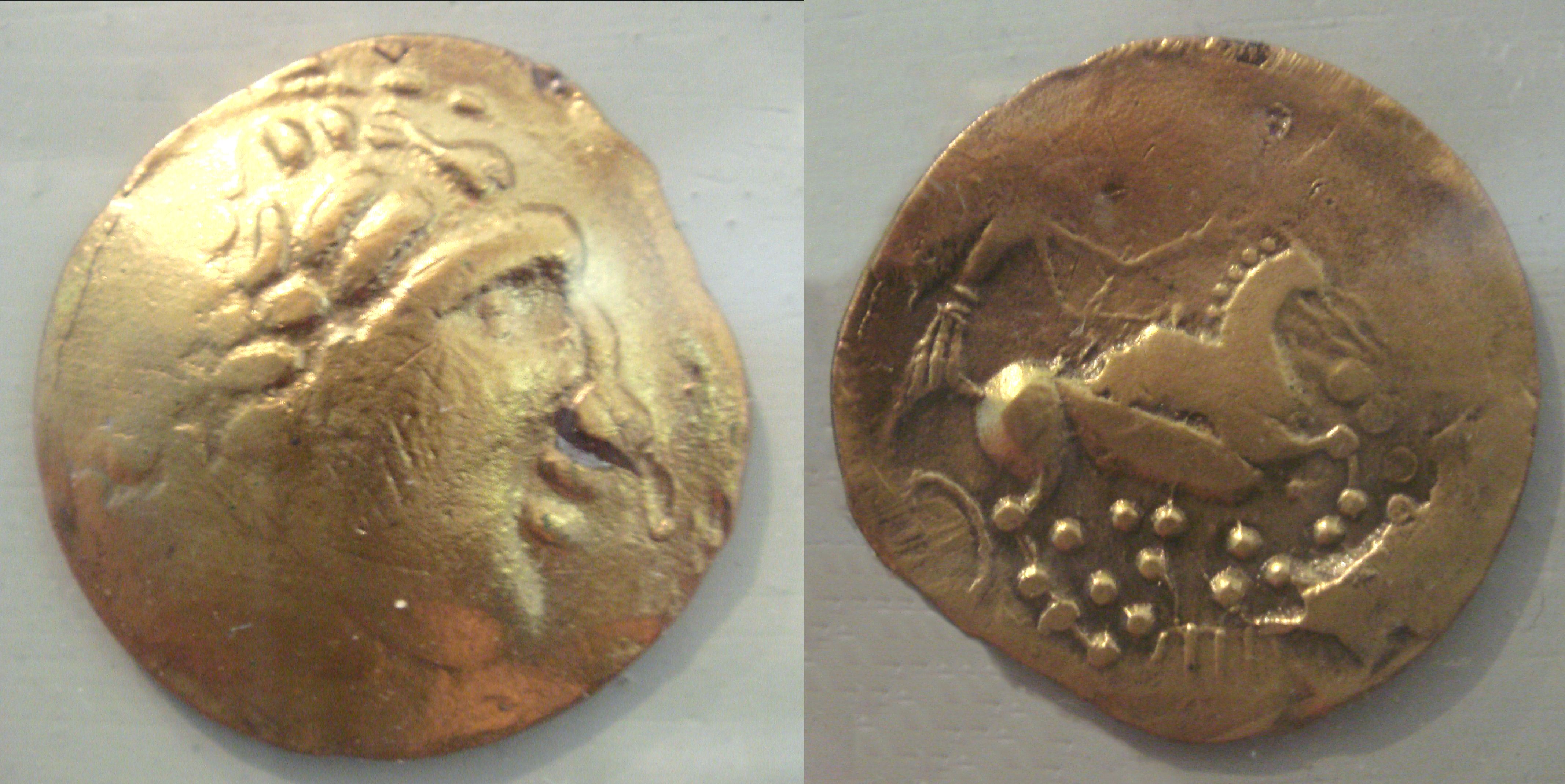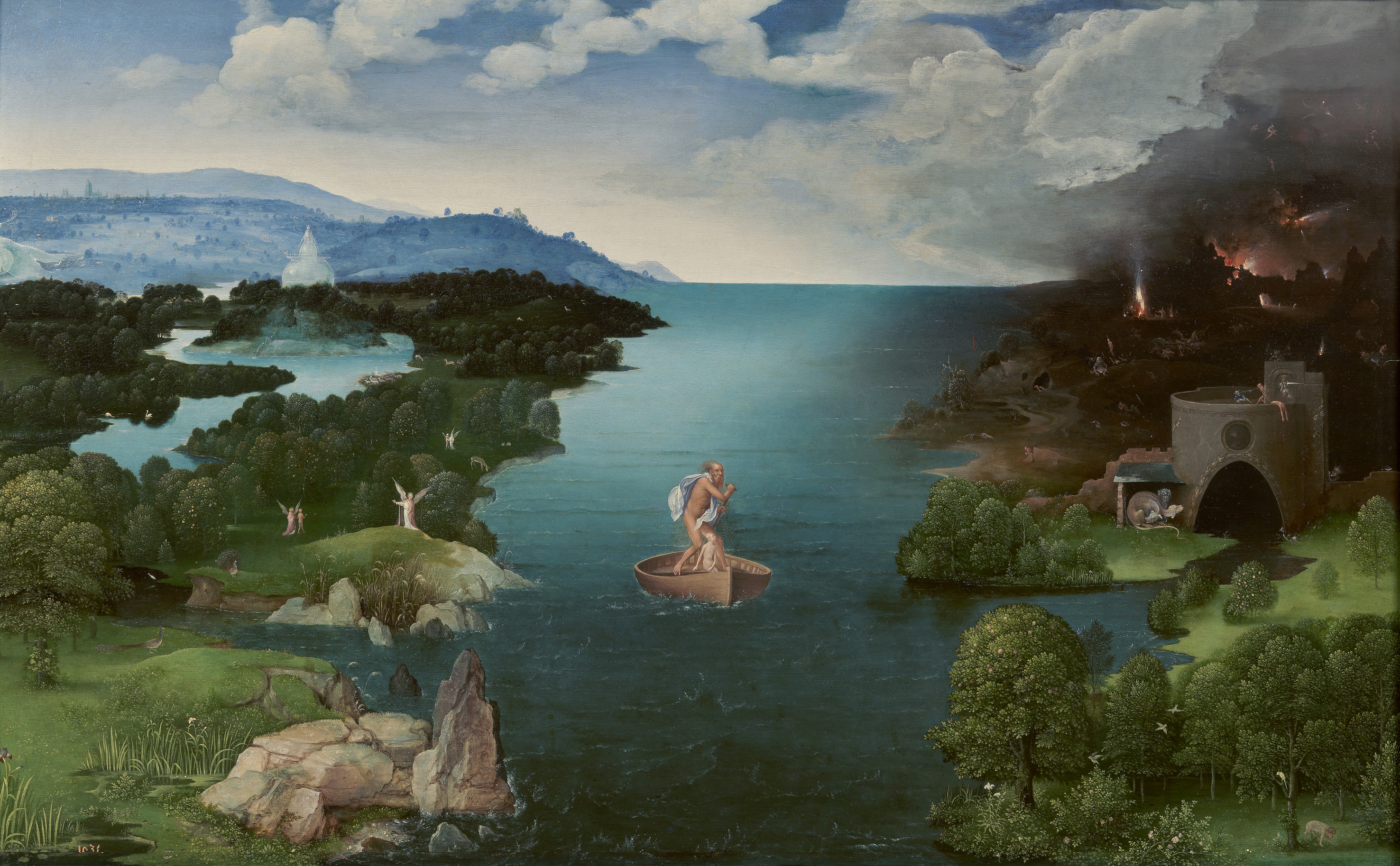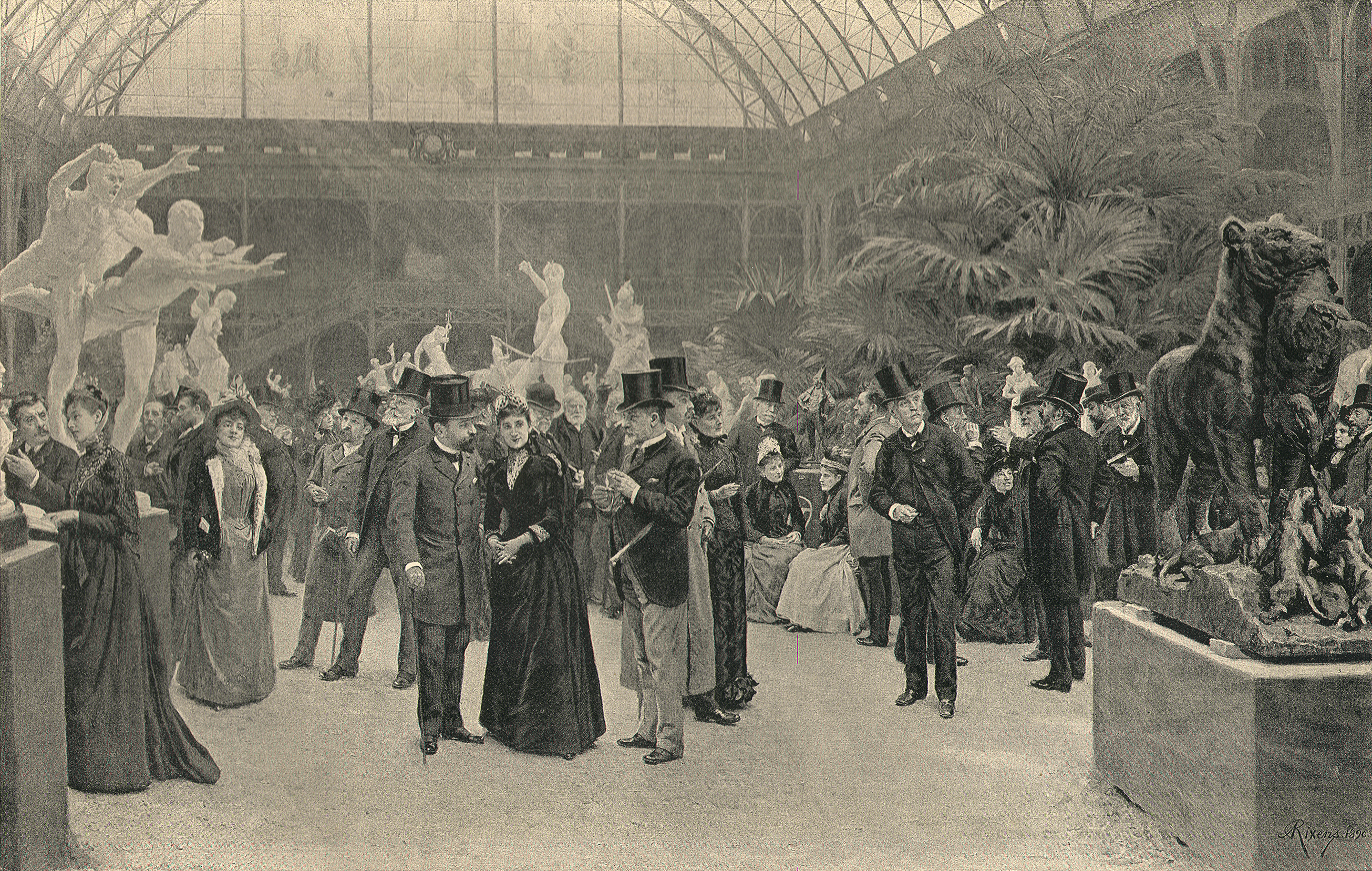|
Jean-Paul Alaux
Jean Paul Alaux (1788–1858), also known as Gentil, was a French Landscape art, landscape painter and lithography, lithographer born at Bordeaux on 4 October 1788. His father Pierre-Joseph Alaux was also an artist as were his two older brothers, Jean Alaux, who had the nickname of "the Roman", and Jean-Pierre Alaux (1783–1858). A pupil of Pierre Lacour and Horace Vernet, he went on to teach at the Lycée de Bordeaux between 1807 and 1858. Later he became director of the School of Design at Bordeaux. ''View of Floirac'' was the first painted he exhibited at the Salon (Paris), Paris Salon in 1827; two years later, in 1831, his exhibit was ''View of Bordeaux Seen from Floirac''; ''View of Bordeaux from the Saint Raphael Barracks to the Church of Saint Eulalia'' was displayed in 1833. He died at Bordeaux on 24 January 1858. References 19th-century French painters French male painters French lithographers Painters from Bordeaux 1788 births 1858 deaths 19th-century French ... [...More Info...] [...Related Items...] OR: [Wikipedia] [Google] [Baidu] |
Bordeaux
Bordeaux ( ; ; Gascon language, Gascon ; ) is a city on the river Garonne in the Gironde Departments of France, department, southwestern France. A port city, it is the capital of the Nouvelle-Aquitaine region, as well as the Prefectures in France, prefecture of the Gironde department. Its inhabitants are called "''Bordelais'' (masculine) or "''Bordelaises'' (feminine). The term "Bordelais" may also refer to the city and its surrounding region. The city of Bordeaux proper had a population of 259,809 in 2020 within its small municipal territory of , but together with its suburbs and exurbs the Bordeaux Functional area (France), metropolitan area had a population of 1,376,375 that same year (Jan. 2020 census), the sixth-most populated in France after Paris, Lyon, Marseille, Lille, and Toulouse. Bordeaux and 27 suburban municipalities form the Bordeaux Métropole, Bordeaux Metropolis, an Indirect election, indirectly elected Métropole, metropolitan authority now in charge of wi ... [...More Info...] [...Related Items...] OR: [Wikipedia] [Google] [Baidu] |
Jean Alaux
Jean Alaux, called "''le Romain''" ("the Roman"), (1786 – 2 March 1864) was a French history painter and Director of the French Academy in Rome from 1846 to 1852.A director of the French Academy in Rome (The Chautauquan: Organ of the Chautauqua Literary and Scientific Circle, 1891) pp. 352-5. Biography Alaux was born in , the son of a painter and the second of four brothers who all became painters. He received his first lessons in art from his father, but went on to a formal training with Pierre Lacour and later with |
Landscape Art
Landscape painting, also known as landscape art, is the depiction in painting of natural scenery such as mountains, valleys, rivers, trees, and forests, especially where the main subject is a wide view—with its elements arranged into a coherent composition. In other works, landscape backgrounds for figures can still form an important part of the work. Sky is almost always included in the view, and weather is often an element of the composition. Detailed landscapes as a distinct subject are not found in all artistic traditions, and develop when there is already a sophisticated tradition of representing other subjects. Two main traditions spring from Western painting and Chinese art, going back well over a thousand years in both cases. The recognition of a spiritual element in landscape art is present from its beginnings in East Asian art, drawing on Daoism and other philosophical traditions, but in the West only becomes explicit with Romanticism. Landscape views in art ... [...More Info...] [...Related Items...] OR: [Wikipedia] [Google] [Baidu] |
Lithography
Lithography () is a planographic method of printing originally based on the miscibility, immiscibility of oil and water. The printing is from a stone (lithographic limestone) or a metal plate with a smooth surface. It was invented in 1796 by the German author and actor Alois Senefelder and was initially used mostly for sheet music, musical scores and maps.Meggs, Philip B. ''A History of Graphic Design''. (1998) John Wiley & Sons, Inc. p 146, .Carter, Rob, Ben Day, Philip Meggs. ''Typographic Design: Form and Communication'', Third Edition. (2002) John Wiley & Sons, Inc. p. 11. Lithography can be used to print text or images onto paper or other suitable material. A lithograph is something printed by lithography, but this term is only used for printmaking, fine art prints and some other, mostly older, types of printed matter, not for those made by modern commercial lithography. Traditionally, the image to be printed was drawn with a greasy substance, such as oil, fat, or wax on ... [...More Info...] [...Related Items...] OR: [Wikipedia] [Google] [Baidu] |
Pierre-Joseph Alaux
Pierre-Joseph (also Pierre Joseph) is a given name and can refer to: * Pierre-Joseph Alary, (1689–1770), French ecclesiastic and writer * Pierre-Joseph Amoreux (1741–1824) French physician and naturalist * Pierre Joseph Bonnaterre (1752–1804), French naturalist * Pierre-Joseph Bourcet (1700–1780), French tactician, general, chief of staff, mapmaker and military educator * Pierre-Joseph Cambon, (1756–1820), French statesman * Arthur Cardin (1879–1946), Canadian politician *Pierre-Joseph-Olivier Chauveau (1820–1890), first Premier of the Canadian province of Quebec * Pierre-Joseph Thoulier d'Olivet (1682–1768), French abbot, writer, grammarian and French translator * Pigneau de Behaine (1741–1799), French Catholic priest, helped establish Vietnamese Nguyễn Dynasty after Tây Sơn rebellion * Pierre Joseph Céloron de Blainville (1693–1759), French Canadian Officer of Marine *Pierre-Joseph Desault, (1738–1795), ... [...More Info...] [...Related Items...] OR: [Wikipedia] [Google] [Baidu] |
Pierre Lacour
Pierre Lacour, originally Delacour (15 April 1745 – 28 January 1814) was a French painter. Biography His first artistic studies were in the workshop of the engraver, André Lavau (1722-1808). In 1764, he went to Paris to continue his studies with the painter, Joseph-Marie Vien. He was awarded second place in the Prix de Rome of 1769. He spent some time in Rome sometime around 1771 and became an Agrégé at the in 1772. Two years later, he was named an Academician. In 1778, he married Catherine Chauvet. Documents from that time give his occupation as "history painter". During the Revolution, he was a drawing teacher at the École centrale and maintained the old municipal drawing school at his personal expense. His first exhibit at the Salon came in 1796; the same year he was named a corresponding member of the Académie des beaux-arts The (; ) is a French learned society based in Paris. It is one of the five academies of the . The current president of the academy (20 ... [...More Info...] [...Related Items...] OR: [Wikipedia] [Google] [Baidu] |
Horace Vernet
Émile Jean-Horace Vernet (; 30 June 178917 January 1863) more commonly known as simply Horace Vernet, was a French painter of battles, portraits, and Orientalist subjects. Biography Early career Vernet was born to Carle Vernet, another famous painter, who was himself a son of Claude Joseph Vernet. He was born in the Paris Louvre, while his parents were staying there during the French Revolution. Vernet quickly developed a disdain for the high-minded seriousness of academic French art work which was distinguished by art influenced by Classicism, and decided to paint subjects taken mostly from contemporary life. During his early career, when Napoleon Bonaparte was in power, he began depicting the French soldier in a more familiar, vernacular manner rather than in an idealized, Davidian fashion; he was just twenty when he exhibited the ''Taking of an Entrenched Camp'' Some other of his paintings that represent French soldiers in a more direct, less idealizing style, include ... [...More Info...] [...Related Items...] OR: [Wikipedia] [Google] [Baidu] |
Salon (Paris)
The Salon (), or rarely Paris Salon (French: ''Salon de Paris'' ), beginning in 1667 was the official art exhibition of the in Paris. Between 1748 and 1890 it was arguably the greatest annual or biennial art event in the Western world. At the Salon of 1761, thirty-three painters, nine sculptors, and eleven engravers contributed. Levey, Michael. (1993) ''Painting and sculpture in France 1700–1789''. New Haven: Yale University Press, p. 3. From 1881 onward, it was managed by the Société des Artistes Français. Origins In 1667, the royally sanctioned French institution of art patronage, the (a division of the Académie des beaux-arts), held its first semi-public art exhibit at the Salon Carré. The Salon's original focus was the display of the work of recent graduates of the École des Beaux-Arts, which was created by Cardinal Mazarin, chief minister of France, in 1648. Exhibition at the Salon de Paris was essential for any artist to achieve success in France for at l ... [...More Info...] [...Related Items...] OR: [Wikipedia] [Google] [Baidu] |
Paus Pius VII Verleent Gratie Aan Een Meisje Le Pape Pie VII Accordant Une Grace (titel Op Object), RP-P-1905-5482
The Paus family (), also styled ''de Paus'', is a Norway, Norwegian family that emerged as a clergy#Lutheranism, priestly family from Medieval Oslo in the 16th century. For centuries, it belonged to the "aristocracy of officials," especially in the clergy and legal professions in Upper Telemark. Later generations entered Ship-owner, shipping, steel, and banking, becoming steel magnates in Oslo. The family's best-known members are Henrik Ibsen and Ole Paus. The name is recorded in Oslo from the 14th century and likely derives from a metaphorical use of the Middle Low German word for pope—perhaps meaning "the Piety, pious one"—reflecting foreign influence and name satire in medieval Oslo. The priest brothers Hans Povelsson Paus the Elder, Hans (1587–1648) and Peder Povelsson Paus (1590–1653) from Oslo have long been known as the family's earliest certain ancestors. In ''Slekten Paus'', S.H. Finne-Grønn, Finne-Grønn identified their grandfather as Hans Olufsson (d. 1570), a ... [...More Info...] [...Related Items...] OR: [Wikipedia] [Google] [Baidu] |
19th-century French Painters
The 19th century began on 1 January 1801 (represented by the Roman numerals MDCCCI), and ended on 31 December 1900 (MCM). It was the 9th century of the 2nd millennium. It was characterized by vast social upheaval. Slavery was Abolitionism, abolished in much of Europe and the Americas. The First Industrial Revolution, though it began in the late 18th century, expanded beyond its British homeland for the first time during the 19th century, particularly remaking the economies and societies of the Low Countries, France, the Rhineland, Northern Italy, and the Northeastern United States. A few decades later, the Second Industrial Revolution led to ever more massive urbanization and much higher levels of productivity, profit, and prosperity, a pattern that continued into the 20th century. The Catholic Church, in response to the growing influence and power of modernism, secularism and materialism, formed the First Vatican Council in the late 19th century to deal with such problems an ... [...More Info...] [...Related Items...] OR: [Wikipedia] [Google] [Baidu] |
French Male Painters
French may refer to: * Something of, from, or related to France ** French language, which originated in France ** French people, a nation and ethnic group ** French cuisine, cooking traditions and practices Arts and media * The French (band), a British rock band * "French" (episode), a live-action episode of ''The Super Mario Bros. Super Show!'' * ''Française'' (film), a 2008 film * French Stewart (born 1964), American actor Other uses * French (surname), a surname (including a list of people with the name) * French (tunic), a type of military jacket or tunic * French's, an American brand of mustard condiment * French (catheter scale), a unit of measurement * French Defence, a chess opening * French kiss, a type of kiss See also * France (other) * Franch, a surname * French Revolution (other) * French River (other), several rivers and other places * Frenching (other) Frenching may refer to: * Frenching (automobile), recessing or moul ... [...More Info...] [...Related Items...] OR: [Wikipedia] [Google] [Baidu] |







